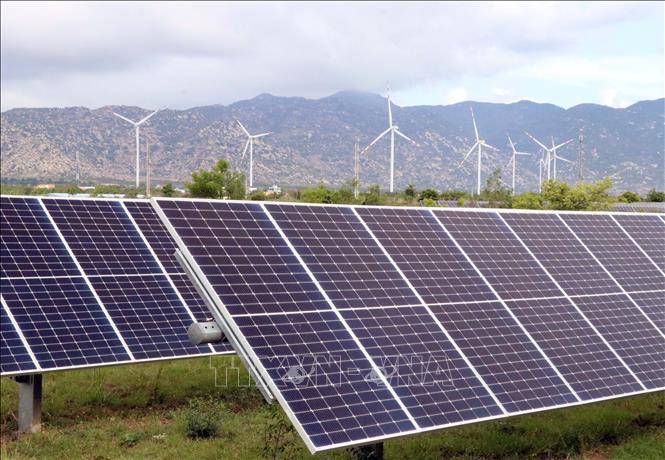
The resolution not only adjusts policies but also opens up opportunities to restructure the energy market, considering renewable energy as a driving force to ensure national energy security. VNA reporters discussed with experts and businesses about the orientation and solutions to implement this resolution.
Mr. Nguyen Quoc Thap, Chairman of Vietnam Petroleum Association: Creating a transparent competitive environment
The highlight of Resolution 70 is the market mechanism covering all energy activities. Accordingly, Vietnam Electricity Group (EVN) no longer holds a monopoly role in buying and selling electricity. Instead, industrial electricity consumers can negotiate directly with suppliers, expanding the market participants and increasing competition.
Resolution 70 also points out transmission bottlenecks and opens up opportunities for private and foreign investors to participate. Electricity transmission charges will be flexibly adjusted to ensure capital recovery and reasonable profits, thereby opening up socialized capital flows and reducing the investment burden for the State.
For renewable energy projects, especially offshore wind power, the Resolution has provided directions to remove legal, planning and pricing mechanism obstacles, requiring completion in 2025. If legalized in time, these directions will pave the way for projects, increasing the proportion of renewable energy according to the set goals.
Mr. Ha Dang Son, Director of the Center for Energy and Green Growth Research: Affirming the role of renewable energy
Resolution 70 clearly demonstrates the transition to a market mechanism, such as attracting investment, signing power purchase contracts, and determining electricity prices all following market principles, without the previous subsidy mechanism. This is an important turning point, affirming that renewable energy cannot develop without a transparent and competitive market foundation.
Due to the volatility of wind and solar power, increasing the proportion of these sources requires strong investment in transmission infrastructure, ancillary services and flexible power sources to ensure grid balance. The resolution also emphasizes reducing dependence on imported fuels, requiring the construction of a system of oil, gas and coal reserves to proactively supply in the face of market fluctuations. In particular, adding nuclear power to the national energy strategy is considered a long-term solution for energy security.
With the coordination between the State, enterprises and the private sector, and the strong reform spirit according to Resolution 70, I believe that Vietnam can completely achieve the target of renewable energy accounting for 25-30% of the total electricity supply by 2030.
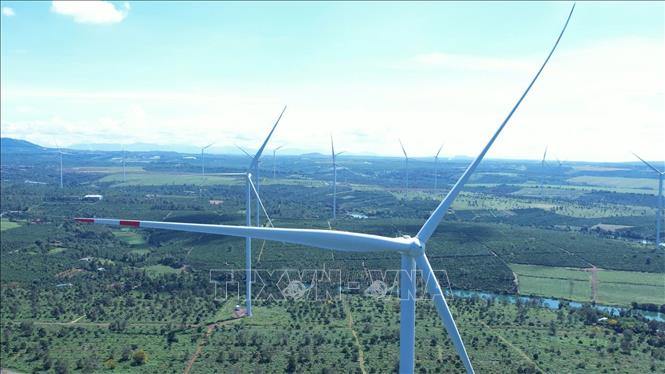
Mr. Vu Anh Tuan, General Director of Vietnam National Coal and Mineral Industries Group (TKV): Speed up key projects
In the context of the continued increase in coal demand for electricity production and industry, and increasingly difficult mining due to having to go deeper, TKV has identified the development of key projects as a key task to stabilize output, aiming for sustainable development. One of the typical projects is the exploitation below -220 level of Binh Minh mine invested by Hon Gai Coal Company, with a designed capacity of 300,000 tons/year, total investment capital of 1,100 billion VND, implemented in the period 2023-2027. The project aims to expand the mining space, increase productivity, production efficiency and improve working conditions for workers.
Along with that, TKV is implementing many other key projects such as Khe Cham II-IV, Ha Rang mine expansion, Deo Nai - Coc Sau mine cluster, Tan Yen underground mines, and many projects for worker housing and production maintenance.
In 2025, the Group will complete procedures and implement 6 coal exploration projects, 7 non-coal mineral projects, and 4 reserve research projects. In the period 2026-2030, TKV plans to implement 12 coal exploration projects, 6 reserve upgrading projects, and in the Northeast region alone, it will drill more than 508,000 meters. For non-coal minerals, there will be 17 new licensed exploration projects. These projects will create a solid foundation for a stable and long-term exploitation strategy, contributing to ensuring national energy security.
Mr. Nguyen Xuan Nam, Deputy General Director of Vietnam Electricity Group (EVN): Preparing to pilot two-component electricity price
The piloting of a two-component electricity price mechanism from January 1, 2026 for large electricity customers is a concrete step to implement Resolution 70-NQ/TW of the Politburo on ensuring national energy security, and is consistent with the amended Electricity Law.
The two-component electricity price includes capacity price and electricity price, aiming to accurately reflect the production - transmission - distribution costs, increase transparency, fairness and encourage electricity saving. This mechanism has been widely applied in many countries such as Thailand, Singapore, Malaysia, Japan, Korea, China, France, UK and USA.
EVN is preparing technical, human and communication conditions to pilot the implementation at 5 power corporations under the direction of the Ministry of Industry and Trade . In the first phase, two bills will be run in parallel - one according to the current mechanism for payment, one according to the new mechanism for customers to monitor, compare and adjust their electricity consumption behavior.
Electricity price reform is a strategic step in the context of renewable energy accounting for nearly one-third of the system capacity and electricity demand increasing by 12-15% per year, aiming to stabilize the system, attract investment and ensure national energy security.
Lesson 3: Creating a truly competitive electricity market
Source: https://baotintuc.vn/kinh-te/buoc-ngoat-chien-luoc-cho-nang-luong-viet-nam-bai-2doanh-nghiep-san-sang-vao-cuoc-20251014072635483.htm


![[Photo] General Secretary To Lam attends the 18th Hanoi Party Congress, term 2025-2030](https://vphoto.vietnam.vn/thumb/1200x675/vietnam/resource/IMAGE/2025/10/16/1760581023342_cover-0367-jpg.webp)

![[Photo] Many dykes in Bac Ninh were eroded after the circulation of storm No. 11](https://vphoto.vietnam.vn/thumb/1200x675/vietnam/resource/IMAGE/2025/10/15/1760537802647_1-7384-jpg.webp)


![[Photo] Conference of the Government Party Committee Standing Committee and the National Assembly Party Committee Standing Committee on the 10th Session, 15th National Assembly](https://vphoto.vietnam.vn/thumb/1200x675/vietnam/resource/IMAGE/2025/10/15/1760543205375_dsc-7128-jpg.webp)
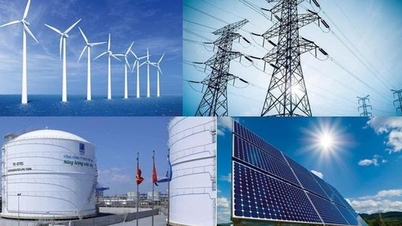

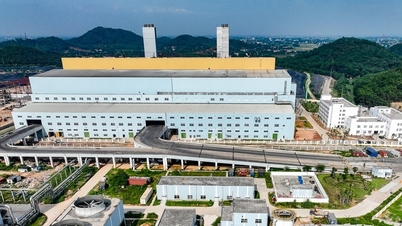

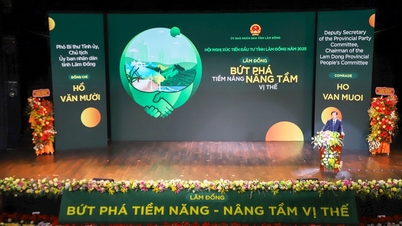

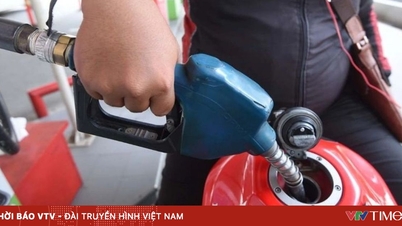




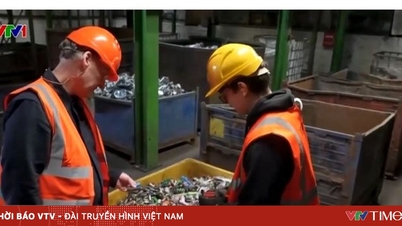
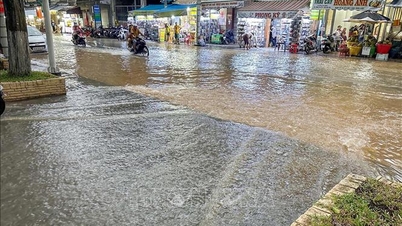
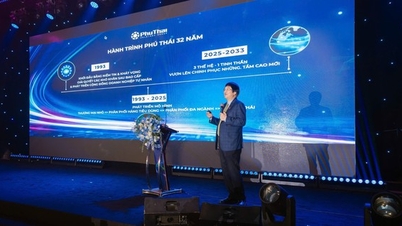
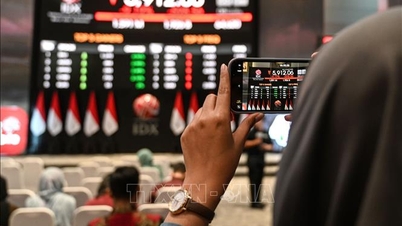

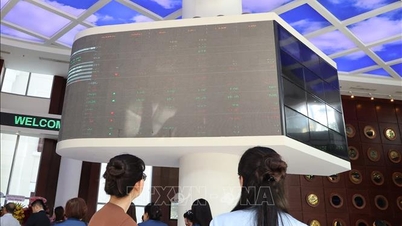




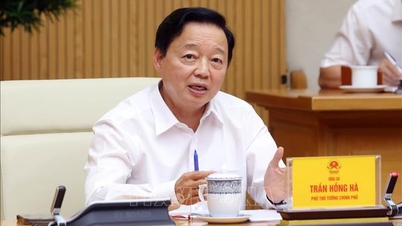
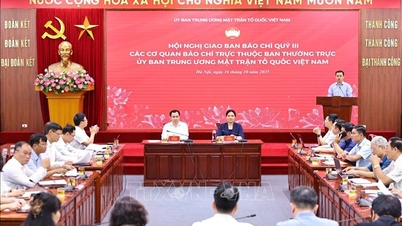
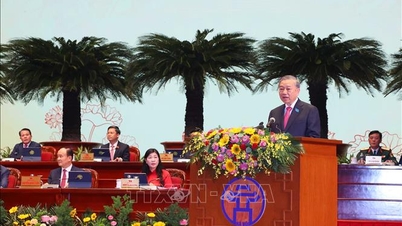
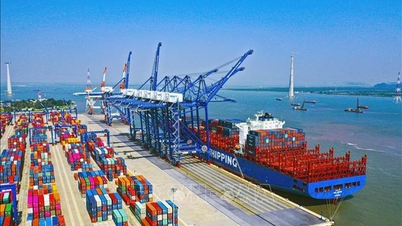
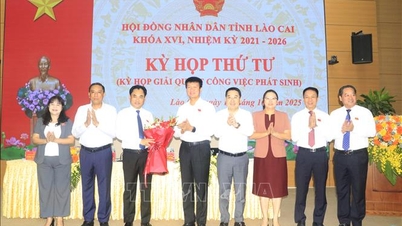
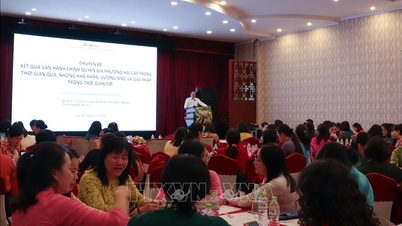






![[Video] TripAdvisor honors many famous attractions of Ninh Binh](https://vphoto.vietnam.vn/thumb/402x226/vietnam/resource/IMAGE/2025/10/16/1760574721908_vinh-danh-ninh-binh-7368-jpg.webp)





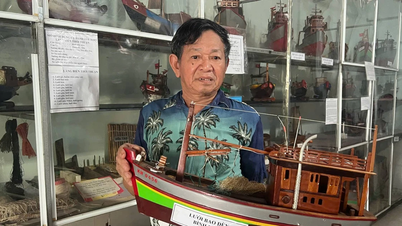





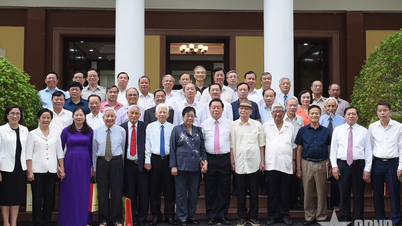



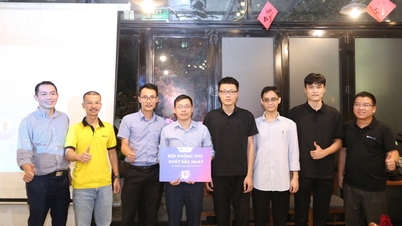

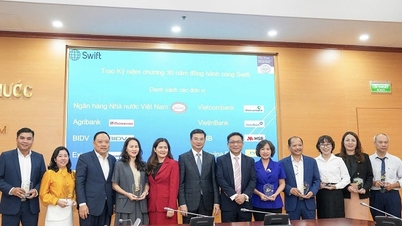

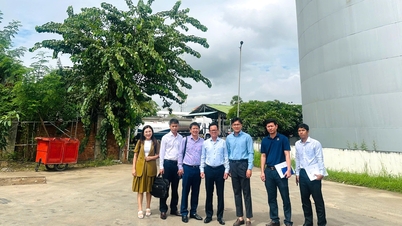











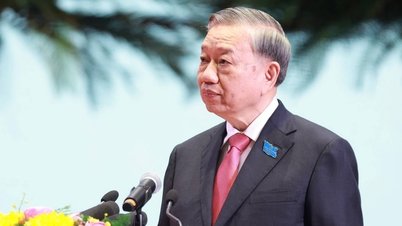

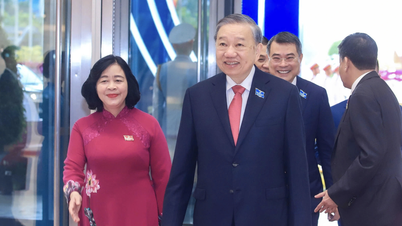
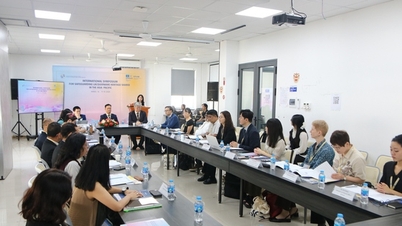

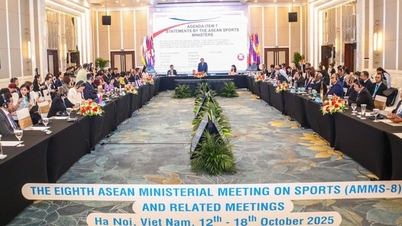
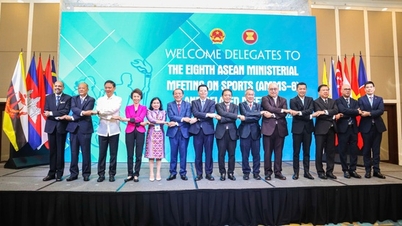



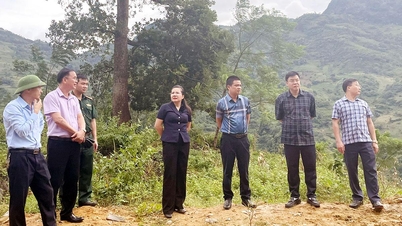





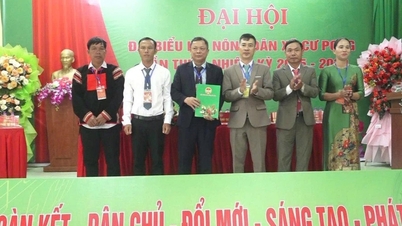




















Comment (0)